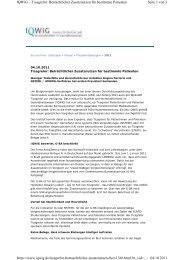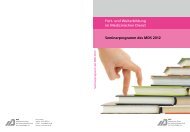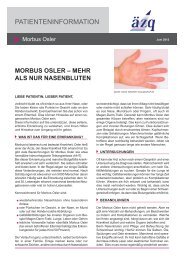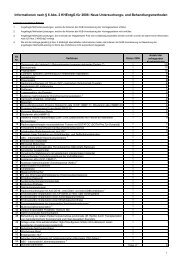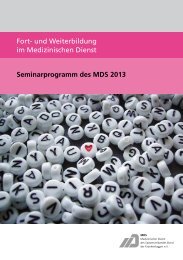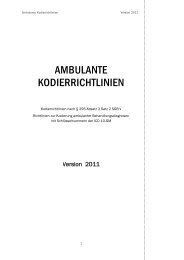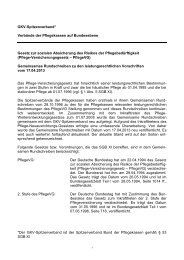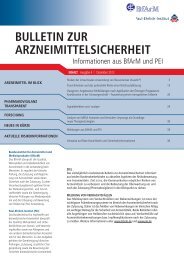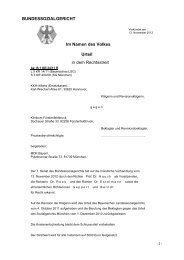EU-Clinical Trials Register - Sindbad
EU-Clinical Trials Register - Sindbad
EU-Clinical Trials Register - Sindbad
You also want an ePaper? Increase the reach of your titles
YUMPU automatically turns print PDFs into web optimized ePapers that Google loves.
Glossary of Terms used in <strong>EU</strong> <strong>Clinical</strong> <strong>Trials</strong> <strong>Register</strong><br />
Term<br />
Parallel group<br />
Paediatric Investigation Plan<br />
(PIP)<br />
Patients<br />
p<br />
Pharmaceutical form<br />
Pharmacodynamic<br />
Pharmacoeconomic<br />
Pharmacogenetic<br />
Pharmacogenomic<br />
Pharmacokinetic<br />
Phase I<br />
Phase II<br />
Phase III<br />
Explanation<br />
A trial in which two or more treatments are evaluated<br />
concurrently in separate groups of patients.<br />
Document upon which the development and authorisation of<br />
medicinal products for the paediatric population is based. It<br />
is presented by an applicant early during the development<br />
of a product to the EMA Paediatric Committee in order to<br />
agree a paediatric development plan.<br />
<strong>Clinical</strong> Trial includes subjects, who are currently patients,<br />
and can also include healthy volunteers.<br />
A dosage form is the physical form of a dose of medication,<br />
such as a capsule or injection. The route of administration is<br />
dependent on the dosage.<br />
Pharmacodynamics is the exploration of what the Medicinal<br />
Product does to the body.<br />
Pharmacoeconomics refers to the scientific discipline that<br />
compares the value of one pharmaceutical drug or drug<br />
therapy to another.<br />
Pharmacogenetics is generally regarded as the study or<br />
clinical trial of genetic variation that gives rise to differing<br />
response to drugs.<br />
Pharmacogenomics is the broader application of genomic<br />
technologies to new drug discovery and further<br />
characterization of older drugs.<br />
Pharmacokinetics is the exploration of what the body does<br />
to a Medicinal Product.<br />
Phase I is the first stage of a clinical trial. It is to ensure a<br />
treatment is safe for people to take, rather than to try to<br />
treat a condition. These trials are very small, (typically<br />
around 30 people), and usually involve healthy volunteers<br />
or sometimes patients. Ref: http://www.mssociety.org.uk<br />
The second phase in clinical trials aims to investigate the<br />
safety and effectiveness of a potential therapy. Usually<br />
between 100 and 300 people will be enlisted to take part<br />
with the aim of determining whether the treatment will be<br />
safe and effective to treat a condition.<br />
If previous trials have indicated a treatment is safe and that<br />
it also shows promise in being able to treat a condition,<br />
phase III clinical trials begin. These involve large numbers<br />
of participants usually from several hundred to several<br />
thousand subjects, and are often spread between different<br />
hospitals and countries. If these trials show that a drug is<br />
safe and effective, the manufacturers can apply for a drug<br />
license.<br />
EMA/534108/2010 Page 8/12




